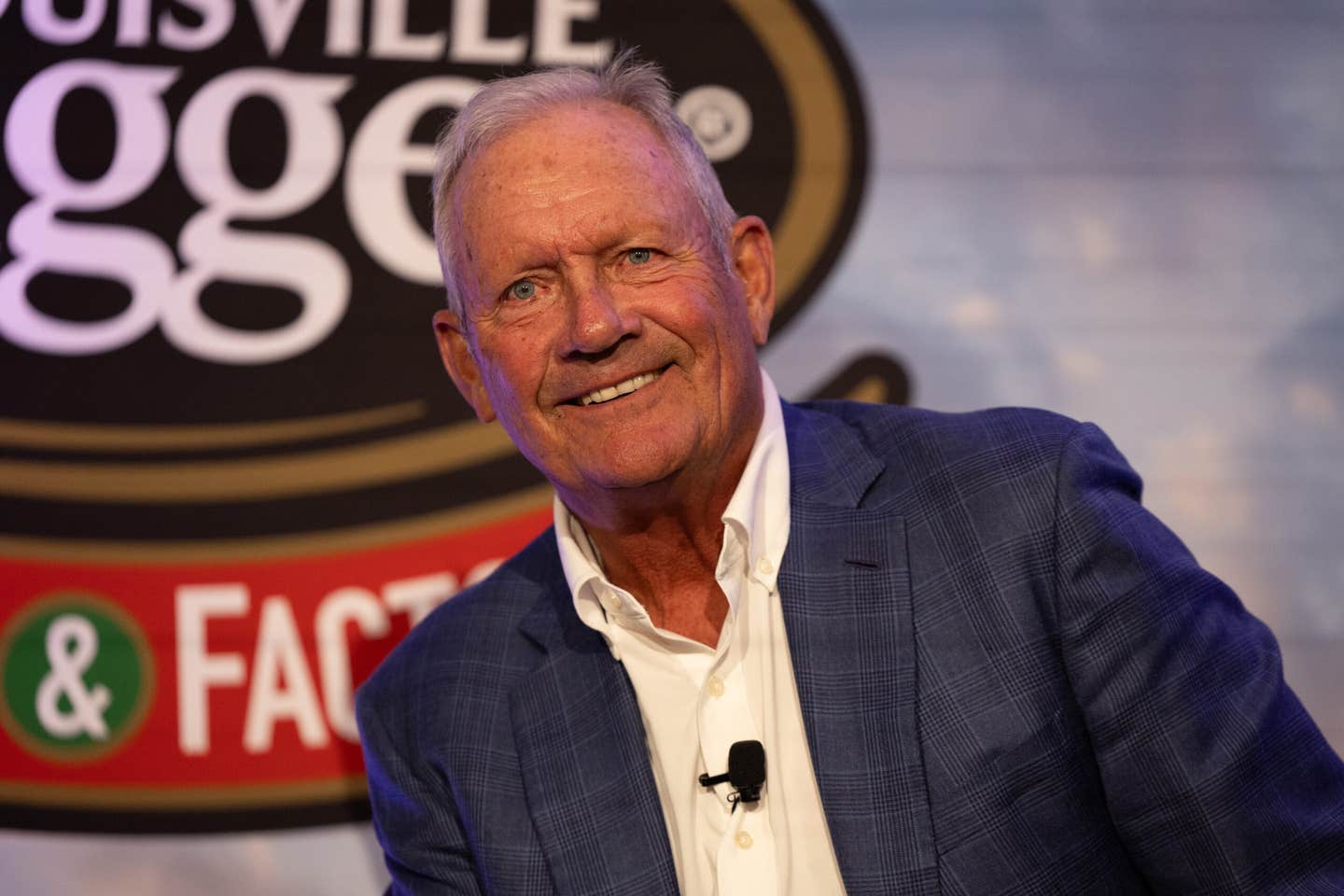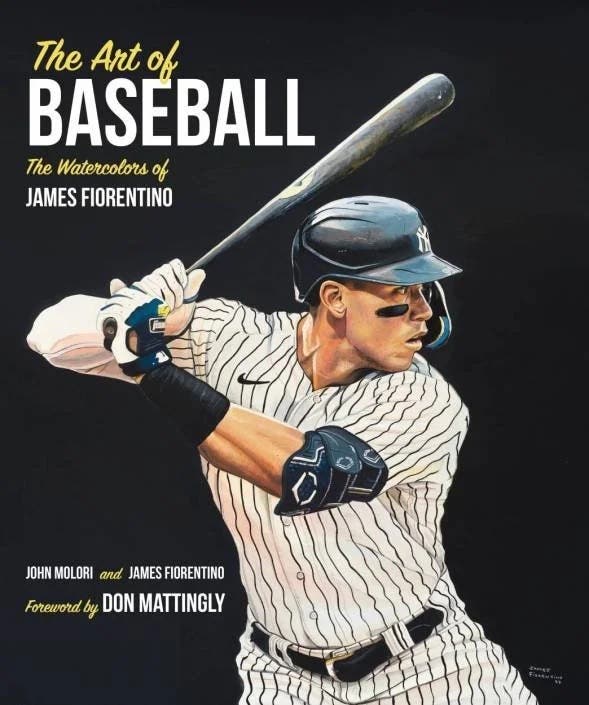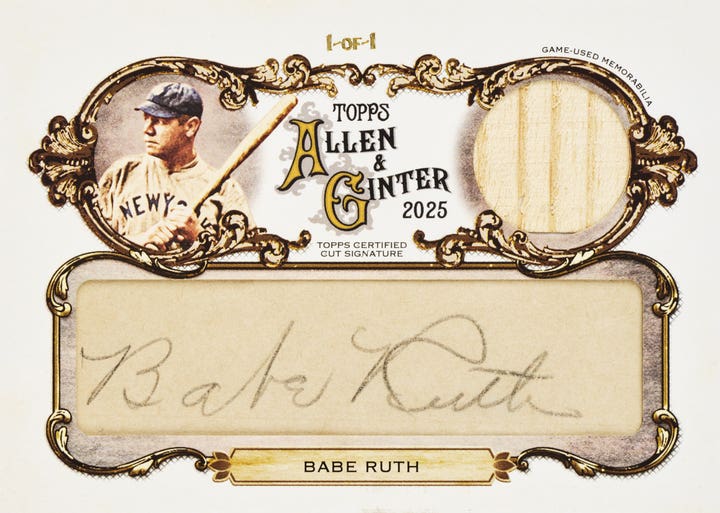News
Looking Back: The Outland Trophy and Ed Bagdon
By Arnold Bailey
The five interior linemen named to the consensus All-American football team in 1949 included the winner of the Outland trophy as the top collegiate lineman, as you’d expect.
Four from that quintet eventually were elected to the College Football Hall of Fame, and you’d naturally think that the one among them who earned the Outland honor also would have been among the four who were enshrined.
Think again. The Outland honor that year went to Michigan State guard Ed Bagdon.
Eventually enshrined in the collegiate hall of honor were the All-American tackles (Minnesota’s Leo Nomellini and Michigan’s Alvin Wistert), the center (Clayton Tonnemaker of Minnesota) and the other guard (Rod Franz of California). All were enshrined except Bagdon.
What in retrospect seems to be a strange distribution of honors came to light with the recent announcement that the Outland trophy plaque earned by Bagdon was for sale at auction, just the second Outland ever offered for sale on the collectibles market.
Bagdon’s plaque sold for $8,652 at a Nate D. Sanders auction. (Note: The Outland winner
was awarded a plaque from 1946-90 when the award was switched to a trophy.) The late football star’s son said the family decided to sell it to raise funds to help senior citizens near his Hesperia, Calif., home. Bagdon died in 1990 at age 64.
Bagdon’s credentials are impressive. He was one of the leaders of a powerful MSU group called “Duffy’s Tuffies” (in honor of legendary Coach Duffy Daugherty, whose 19 seasons leading the Spartans led to two national championships).
He was the better known half of the university’s talented guard tandem with Don Mason, also a two-way star who was named to some All-American teams (since there were at least a half-dozen such teams named during that era).
Bagdon was the developer of an unusual brush-type shoulder block that took an opponent out and left the blocker still on his feet and seeking someone else to hit.
And he went on to play pro football after he was drafted by the Chicago Cardinals.
Perhaps that year’s draft list offered another hint that Bagdon, despite being named the nation’s best collegiate lineman, occasionally was overlooked, or at least downgraded. He wasn’t picked until the draft’s seventh round, the 87th collegian taken.
Bagdon was in some starry company on that 1949 All-American team. Franz, the other guard, was a three-time All-American pick who, with versatile back Jackie Jensen, led the revival of California Golden Bears football under coach Pappy Waldorf. Undersized for his position at 189 pounds, Franz was no more than an afterthought in the pro draft. His name was still on the board until the Eagles picked him in the 27th round. With pro ball a long shot, at best, he chose to coach for a while at his alma mater, and then went into business.
Tonnemaker, the center and linebacker, was a first-round pick No. 4 overall) by the Packers, and had one Pro Bowl year during his three NFL seasons. His pro career was interrupted by the Korean War, and eventually he became president of a mining service company.
Wistert, one of the All-American tackles, was the third of three brothers to win collegiate honors at Michigan. His college career started late because he served with the Marines in World War II and then spent time at Boston University as a 30-year-old freshman before following his brothers to Michigan.
Nomellini was a two-time All-American, a 6’3”, 259-pound giant, for that era, who went on to a 13-year pro career with the 49ers which included six all-pro seasons and 10 Pro Bowls. In the offseason, he turned to pro wrestling, dubbed “Leo the Lion.” He was so good as a college football player that Leaf featured him in its 1948 football card set. Talk about a pro football rookie card; Nomellini was one of a half-dozen college stars who hadn’t even been drafted by the pros when Leaf put their images in its 98-card ’48 series. (The carded collegians also include Doak Walker of SMU and Notre Dame’s Leon Hart, from the ’49 All-American consensus, plus Charlie Justice of North Carolina, Mike Taliaferro of Indiana and three other Notre Dame stars, Jim Martin, Terry Brennan and Bill Fischer.)
Bagdon fared as badly with football cards as he did with the College Football Hall of Fame. His picture can be found on just one card, that in a retrospective Collegiate Collection Michigan State set produced in 1990 that featured the school’s top jocks in several sports.
Bagdon is on card No. 6 in a series that includes basketball legends like Magic Johnson, baseball stars like Kirk Gibson (who also starred in football at MSU), and hockey heroes like Craig Simpson (who spent a decade in the NHL), as well as other football greats like Bubba Smith (the pro football top draft pick who was equally famous as a movie star).
Wistert, the All-American tackle, appeared on just one card like Bagdon, a University of Michigan retro football series. But the Wistert name takes more space in the price guides because two of Alvin’s older brothers, Francis and Albert, also were All-American tackles for the Wolverines and also made it onto cards – both in the same Michigan retro set, with Albert – also known as “Whitey” – a seven-card star with his images also in the 1949, 50 and ’51 Bowman sets, 1948 and ’49 Leaf sets and a 1949 Philadelphia Eagles issue.
Franz also was on just one football card (1948 Leaf) and Tonnemaker has been on four (’48 Leaf, 1950 Bowman, 1950 Bread for Health, and 1950 Topps Felt Backs). Nomellini’s cards total 51 (starting with ’48 Leaf and including five years of Bowmans, close to a dozen Topps cards, plus several regional and team sets).
The only other Outland trophy ever offered for sale was the one earned by Nebraska’s Aaron Taylor in 1997. He was a 305-pounder who earned All-American honors at two positions, center and guard, before a brief pro career with the Chicago Bears. Taylor was forced to part with his Outland in a court-ordered sale in a 2009 bankruptcy case after a failed business venture with an Omaha restaurant. That trophy sold for $6,800.
The award is named in honor of John Outland, one of the few collegians named to All-America teams at two positions (tackle in 1897 and halfback in 1898). He, too, is in the College Football Hall of Fame.
The 2011 winner of the Outland Trophy, the 66th awarded, was Alabama offensive tackle Barrett Jones.
Arnold Bailey is a freelance contributor to SCD. He can be reached at acbailey1125@yahoo.com.








